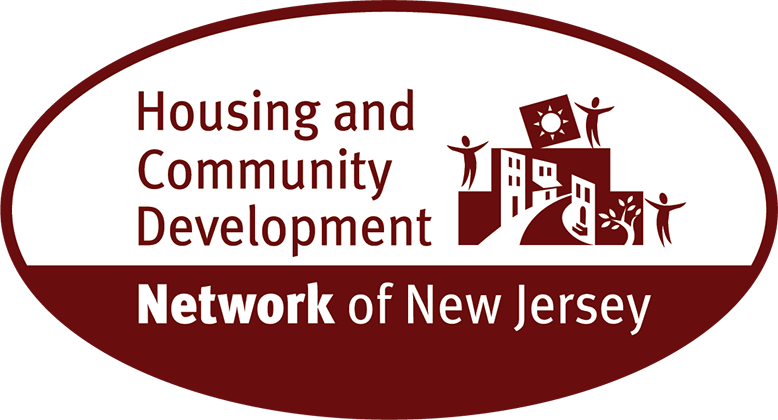| New Brunswick Hosts Event Touting Economic Impact of Non-Profit Housing Projects |
|
Published July 4, 2016 Non-Profit Developers Create Affordable Housing for NJ's Most Vulnerable Residents, But Demand for Housing Still Greatly Outweighs Supply NEW BRUNSWICK, NJ—Non-profit community development corporations (CDC's) in Middlesex County have contributed $460 million towards the state’s economy, according to a new report from the Housing and Community Development Network of NJ (HCDNNJ). The report, which touted a statewide economic impact of $12 billion, was released at a June 29 press event held inside "Promise House," a supportive needs housing project located on Redmond Street and funded by city non-profit Triple C Housing. “We help people with special needs and their neighborhoods thrive,” said Leslie Stivale, executive director of Triple C Housing. “By creating more homes people of every walk of life can afford, we help Middlesex County residents be able to call New Jersey home.” According to the new report, titled "Stronger Together," Middlesex County nonprofit CDC's have completed 76 developments which have spurred 3,000 jobs and $218 million in labor income in the last 25 years. The Promise House is just one of those projects. Opened in 2013, it includes 10 fully-furnished apartments for persons who are homeless and have a disability, and also features a new outdoor patio and garden area. Additionally, the building hosts social workers on-site during the week to provide a variety of programs in the community room Several residents said Promise House has helped them to turn their lives around. “I don’t think I could have done it without the help of Elijah’s Promise and Triple C housing,” said Mike Cimilucca, who has lived at Promise House for the last two and a half years after spending a number of years living in the shelter system. “It’s a good community, a lot of good people,” he said. “We help each other when we need it.” Dan Seufert, another tenant of Promise House, said living in the facility along with going through a 12 step program and support from Rutgers Behavior Health Care, has helped him to overcome alcoholism and depression. “When I got here I wouldn’t even leave my room. I was so depressed, I was a mess,” Seufert, 49, said. A number of Promise House residents have been able to gain full time employment. Resident Pam Nikisher has even started her own non-profit called 7SeedsYoga, which she developed with clinicians and yoga instructors to bring yoga programs to trauma and substance abuse recovery groups. City officials, housing advocates, and representatives from the HCDNNJ, which prepared the report, spoke about the need to create affordable housing in the city and around the state. City Councilwoman Rebecca Escobar said it is important to provide affordable units in New Brunswick, where the median household income is about half that of the county median, which is nearly $80,000 annually. “Affordable and safe housing is and will continue to be a priority for [the City Council], Escobar said. She stated that over the last 20 years, more than 4,000 market-rate and affordable homes have been built within the city. Staci Berger, president and chief executive officer of HCDNNJ, said local community development corporations have helped to stimulate the state’s economy. “The nonprofit community development sector has been a strong contributor to the area and the state’s economy, making investments that have improved the quality of our neighborhoods as well as produce homes and jobs,” said Berger. However, Berger notes that due to a lack of funding at both the state and federal level, the demand for housing continues to far outweigh the supply. This is especially true for those with mental health concerns, where waiting lists for housing are extremely long, she added. “It’s been a tough environment for non-profits because of fewer public subsidies,” Berger said. She pointed out that through upturns and downturns in the economy, CDC’s have been consistent in building affordable housing units for local residents. |











